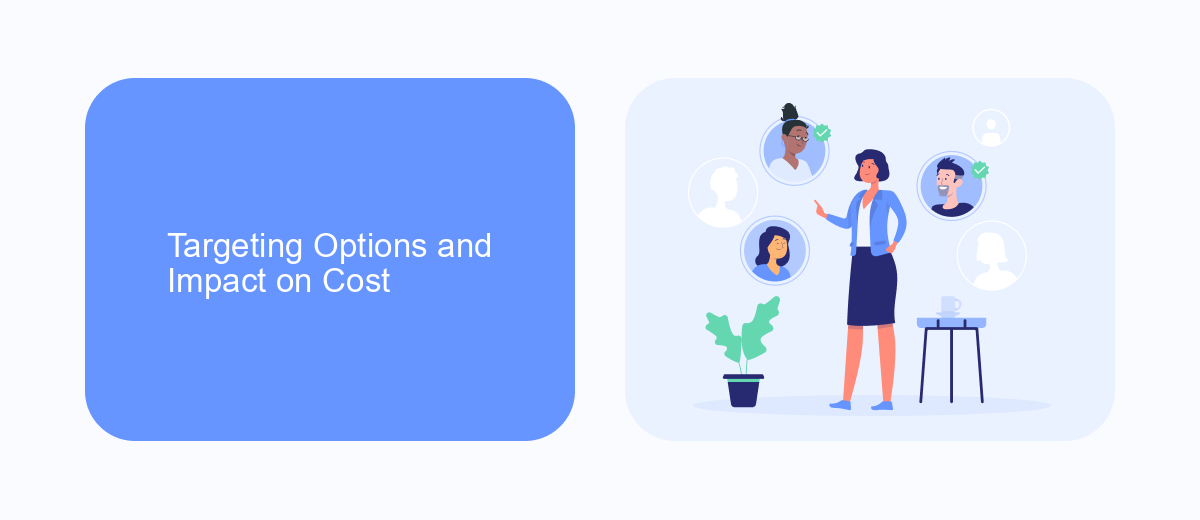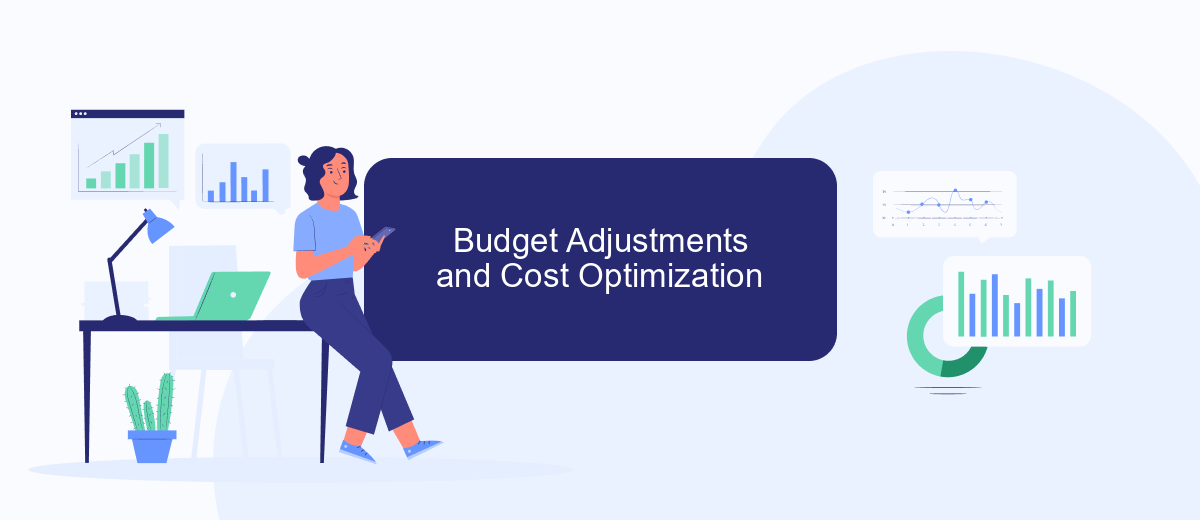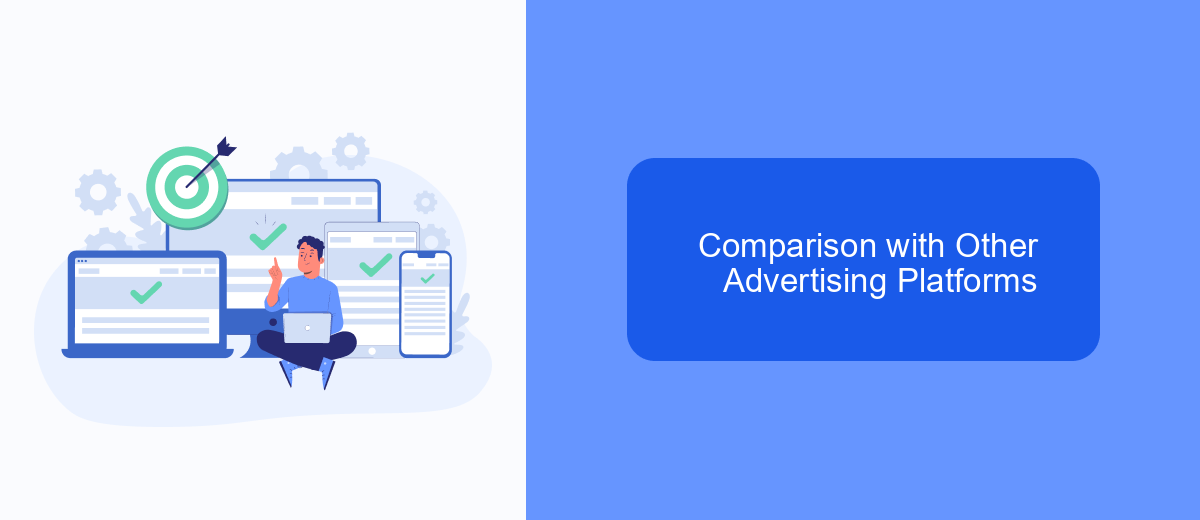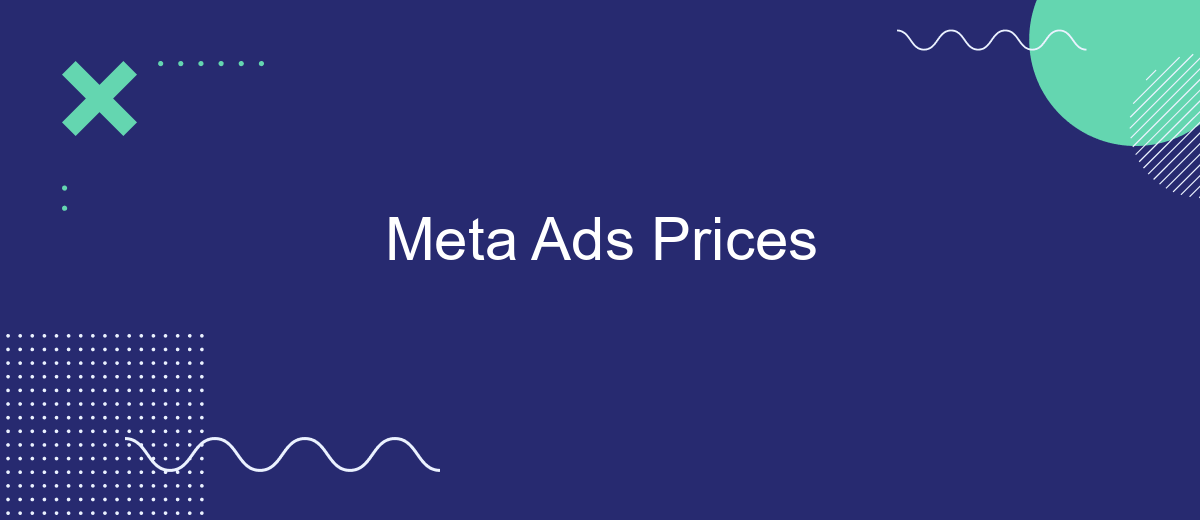Meta Ads prices have become a focal point for businesses aiming to optimize their advertising budgets on platforms like Facebook and Instagram. Understanding the cost dynamics, bidding strategies, and factors influencing ad prices is crucial for maximizing return on investment. This article delves into the key elements that determine Meta Ads pricing, offering insights to help you make informed advertising decisions.
Meta Ads Campaign Types and Costs
Meta offers a variety of ad campaign types that cater to different marketing objectives and budgets. Each type has its own cost structure, which can vary based on factors such as audience targeting, ad placement, and competition. Understanding these options can help businesses optimize their ad spend and achieve their marketing goals effectively.
- Awareness Campaigns: Designed to increase brand visibility. Costs are generally lower but depend on reach and frequency.
- Consideration Campaigns: Aimed at driving traffic, engagement, and app installs. Costs vary based on user interaction and engagement rates.
- Conversion Campaigns: Focused on driving sales, leads, or other valuable actions. These typically have higher costs due to their targeted nature.
Each campaign type offers unique benefits and cost considerations. By strategically choosing the right campaign type and optimizing ad settings, businesses can maximize their return on investment. It's crucial to monitor performance and adjust campaigns as needed to ensure cost-effectiveness and goal alignment.
Targeting Options and Impact on Cost

Meta Ads offers a variety of targeting options that allow advertisers to reach specific audiences based on demographics, interests, behaviors, and more. These options include age, gender, location, language, and detailed targeting that encompasses interests and behaviors. By leveraging these targeting capabilities, businesses can ensure their ads are shown to the most relevant users, increasing the likelihood of engagement and conversions. However, the more refined and specific the targeting, the higher the cost per click (CPC) or cost per thousand impressions (CPM) may be, due to the increased competition for those particular audience segments.
Additionally, the use of advanced tools and integrations, such as SaveMyLeads, can further optimize ad performance and cost-efficiency. SaveMyLeads allows businesses to automate the process of capturing and managing leads from Meta Ads, ensuring that potential customers are quickly and efficiently followed up with. This not only enhances the overall effectiveness of ad campaigns but can also contribute to reducing costs by improving lead conversion rates and maximizing return on investment (ROI).
Budget Adjustments and Cost Optimization

Effectively managing your advertising budget is crucial for maximizing the return on investment (ROI) of your Meta Ads campaigns. By making strategic adjustments and optimizing costs, you can ensure that your ads reach the right audience without overspending. Here are some key steps to help you achieve this:
- Analyze Performance Metrics: Regularly review key performance indicators (KPIs) such as cost per click (CPC), conversion rate, and return on ad spend (ROAS) to identify areas for improvement.
- Adjust Bidding Strategies: Experiment with different bidding options like manual bidding, automatic bidding, or cost cap to find the most cost-effective approach for your campaigns.
- Refine Audience Targeting: Use Meta's advanced targeting options to narrow down your audience to those most likely to convert, reducing wasted ad spend.
- Utilize A/B Testing: Continuously test different ad creatives, headlines, and calls-to-action to determine what resonates best with your audience.
- Monitor Budget Allocation: Allocate more budget to high-performing campaigns and reduce spending on underperforming ones to optimize overall efficiency.
By following these steps, you can make informed budget adjustments and cost optimizations, ultimately enhancing the effectiveness of your Meta Ads campaigns. Regular monitoring and tweaking are essential to stay ahead in the competitive advertising landscape.
Comparison with Other Advertising Platforms

When comparing Meta Ads prices to other advertising platforms, it’s essential to consider various factors such as reach, targeting capabilities, and return on investment. Meta Ads, encompassing Facebook and Instagram, often provide a competitive edge due to their extensive user base and sophisticated targeting options.
Google Ads, for instance, is another major player in the digital advertising space. While Google Ads can offer higher intent traffic through search ads, Meta Ads excel in social engagement and visual content. Additionally, platforms like LinkedIn and Twitter have their unique strengths, particularly in niche markets and professional networking.
- Google Ads: High intent traffic, strong search capabilities.
- LinkedIn Ads: Excellent for B2B and professional audiences.
- Twitter Ads: Effective for real-time engagement and trending topics.
- Meta Ads: Broad reach, advanced targeting, and strong social engagement.
Ultimately, the choice of platform depends on your specific business goals and target audience. While Meta Ads offer a balanced approach with their vast reach and detailed targeting, integrating multiple platforms can often yield the best results in a comprehensive digital marketing strategy.


Tips for Reducing Meta Ads Costs
One effective way to reduce Meta Ads costs is by optimizing your ad targeting. By narrowing down your audience to those most likely to engage with your ads, you can increase the relevance and effectiveness of your campaigns. Utilize Meta's audience insights to identify key demographics, interests, and behaviors of your target audience. Additionally, regularly review and adjust your targeting parameters based on performance data to ensure you are reaching the most valuable potential customers.
Another strategy to lower your Meta Ads expenses is to automate and streamline your ad management processes. Integrating tools like SaveMyLeads can help you automate lead generation and follow-up tasks, reducing manual effort and minimizing errors. SaveMyLeads allows you to connect Meta Ads with various CRM systems and other marketing platforms, ensuring a smooth and efficient workflow. By leveraging automation, you can focus more on strategic decisions and less on administrative tasks, ultimately leading to cost savings and improved ad performance.
FAQ
What factors influence the cost of Meta Ads?
How can I optimize my Meta Ads budget?
Is there a minimum budget required for running Meta Ads?
Can I automate my Meta Ads campaigns?
How do I measure the effectiveness of my Meta Ads?
If you use Facebook Lead Ads, then you should know what it means to regularly download CSV files and transfer data to various support services. How many times a day do you check for new leads in your ad account? How often do you transfer data to a CRM system, task manager, email service or Google Sheets? Try using the SaveMyLeads online connector. This is a no-code tool with which anyone can set up integrations for Facebook. Spend just a few minutes and you will receive real-time notifications in the messenger about new leads. Another 5-10 minutes of work in SML, and the data from the FB advertising account will be automatically transferred to the CRM system or Email service. The SaveMyLeads system will do the routine work for you, and you will surely like it.
